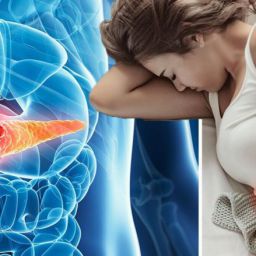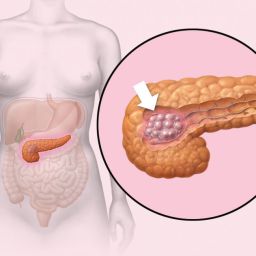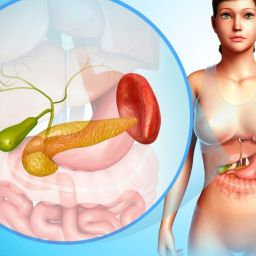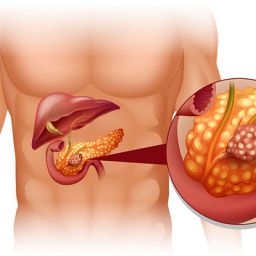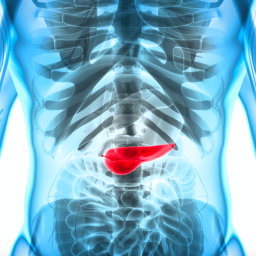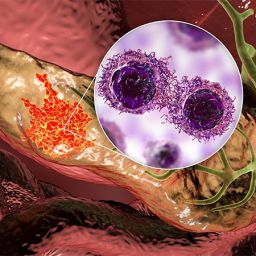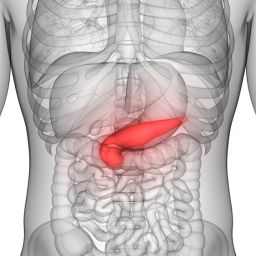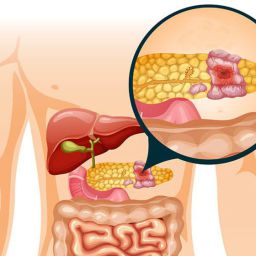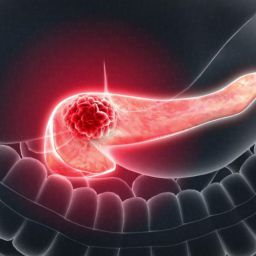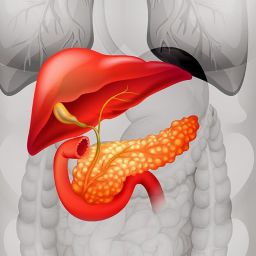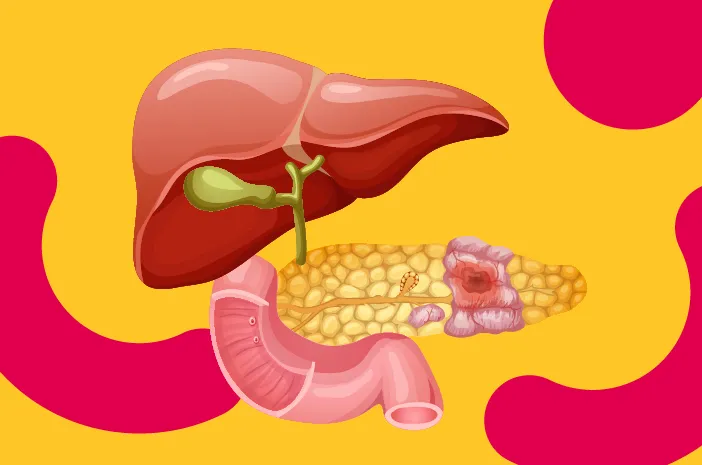
Recognizing the Emergency Symptoms of Acute Pancreatitis
The symptoms of acute pancreatitis can vary in intensity depending on the severity of the inflammation. It’s important to recognize the warning signs so that you can seek medical care quickly. Early diagnosis and treatment can prevent complications and improve the likelihood of a full recovery.
2.1. Severe Abdominal Pain
The most common and striking symptom of acute pancreatitis is sudden and severe abdominal pain. This pain usually starts in the upper abdomen and can radiate to the back. It may feel sharp, stabbing, or burning and often worsens after eating, especially if the meal is high in fat. If the pain is intense and doesn’t subside, it’s a sign that immediate medical attention is needed.
When to seek help: If you experience severe, persistent abdominal pain that doesn’t improve with changing positions or over-the-counter pain relievers, you should seek emergency medical care immediately.
2.2. Nausea and Vomiting
Along with abdominal pain, individuals with acute pancreatitis often experience nausea and vomiting. The nausea can be severe, and vomiting may not provide relief. These symptoms occur because the inflamed pancreas interferes with normal digestion and can lead to gastrointestinal distress.
When to seek help: If vomiting continues despite home remedies or if it is accompanied by severe abdominal pain, it is essential to visit the hospital immediately.
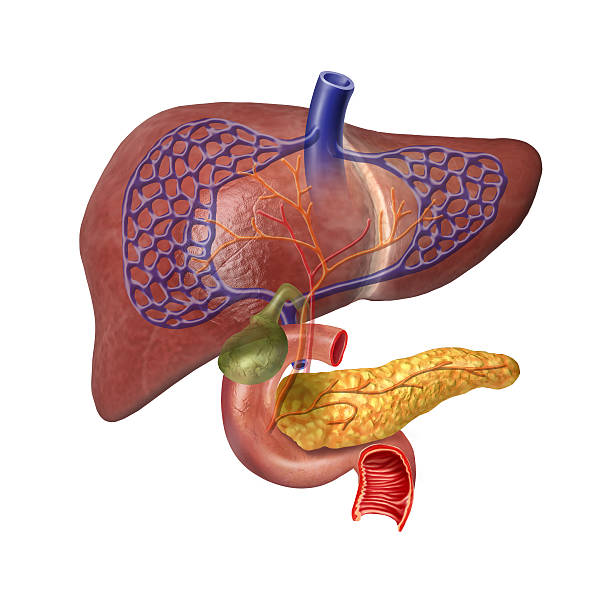
2.3. Fever and Chills
Fever is a common sign of infection and inflammation. In acute pancreatitis, a fever often accompanies the onset of symptoms. This can signal that the body is responding to pancreatic inflammation or that there may be complications, such as an infected pancreatic pseudocyst.
When to seek help: If you develop a fever over 101°F (38.3°C) or experience chills along with abdominal pain and vomiting, it may indicate a more serious complication, such as infection or pancreatic necrosis, requiring urgent medical attention.
2.4. Rapid Heart Rate and Low Blood Pressure
As acute pancreatitis progresses, it can lead to dehydration, which can cause a rapid heart rate (tachycardia) and low blood pressure (hypotension). The combination of dehydration, pain, and inflammation can put significant strain on the cardiovascular system, resulting in these symptoms.
When to seek help: If you notice a fast heartbeat, dizziness, or fainting, it may indicate dehydration or circulatory shock, both of which are medical emergencies.
2.5. Abdominal Distension or Tenderness
In some cases of acute pancreatitis, the abdomen may become swollen (distended) or tender to the touch. This can occur due to fluid accumulation in the abdominal cavity, a condition known as ascites. If your abdomen feels hard or excessively bloated, or if it becomes painful to the touch, you should seek immediate medical help.
When to seek help: If your abdomen is visibly swollen or extremely tender, it’s essential to get medical attention without delay, as this could indicate a serious complication, such as a pancreatic abscess or bleeding.
2.6. Jaundice (Yellowing of the Skin and Eyes)
In rare cases, acute pancreatitis can block the bile duct, leading to jaundice, a condition where the skin and whites of the eyes turn yellow. Jaundice is a sign of liver or bile duct involvement and requires immediate evaluation.
When to seek help: If you notice yellowing of the skin or eyes, along with pain or other symptoms of acute pancreatitis, it’s important to seek medical care right away, as this could indicate a bile duct obstruction or other complications.
3. Potential Complications of Acute Pancreatitis
If acute pancreatitis is not treated promptly, it can lead to several serious complications:
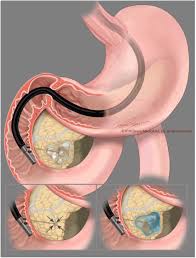
- Pancreatic Necrosis: Death of pancreatic tissue due to severe inflammation. This may lead to infection and require surgical intervention.
- Organ Failure: The inflammation can affect other organs, including the kidneys, lungs, and heart, potentially causing organ failure.
- Infection: An infection of the pancreas or surrounding tissues is a common complication.
- Pseudocysts: Fluid-filled sacs that form in or around the pancreas, which may need to be drained if they become infected or too large.
If you experience any of the aforementioned symptoms, it’s crucial to seek emergency care as soon as possible to prevent these potentially life-threatening complications.
4. When Should You Go to the Hospital?
You should seek immediate medical attention if:
- You experience severe, unrelenting abdominal pain that doesn’t improve with over-the-counter medications or changing positions.
- Nausea and vomiting are persistent and severe, making it difficult to keep food or fluids down.
- Fever, chills, or signs of infection accompany your symptoms.
- You experience rapid heart rate, low blood pressure, or dizziness, which may indicate dehydration or circulatory issues.
- Jaundice or yellowing of the skin or eyes develops.
- Your abdomen becomes distended or tender, which could be a sign of a more severe complication.
Acute pancreatitis is a serious condition that requires prompt medical attention. Recognizing the emergency symptoms and knowing when to seek help can make a significant difference in outcomes. Early diagnosis and treatment can prevent complications such as infection, organ failure, and chronic pancreatic damage.
If you or someone you know exhibits any of the emergency symptoms mentioned in this article, don’t wait for the situation to worsen. Seek medical attention immediately to ensure the best possible care and recovery.
For anyone diagnosed with acute pancreatitis, following a doctor’s treatment plan, avoiding triggers such as alcohol, and making necessary lifestyle changes can help manage the condition and prevent future episodes.

